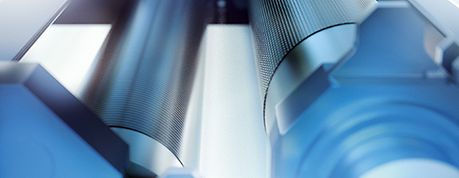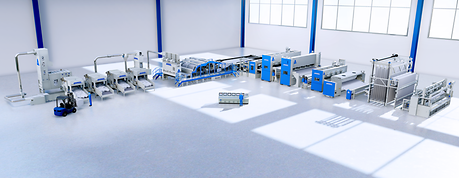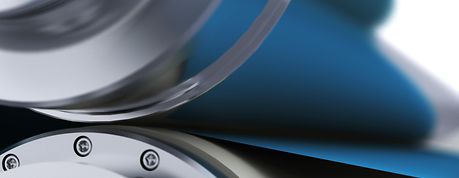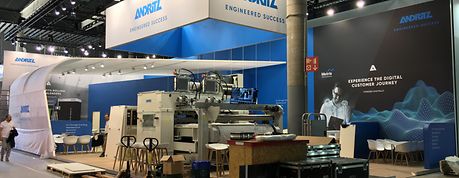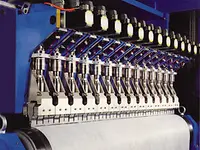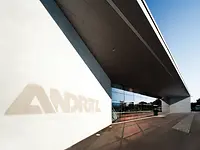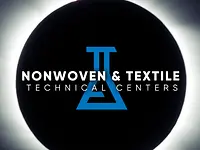ANDRITZ Nonwoven raises the bar for technologies right from bonding to finishing till drying for spunlaid nonwovens production lines.
Hydro-patterning of wetlaid fabrics
Patters that stand out
ANDRITZ Nonwoven hydro-pattering is certainly no watered down solution. On the contrary, it offers markedly clear patterns of wetlaid nonwovens which symbolize your brand.
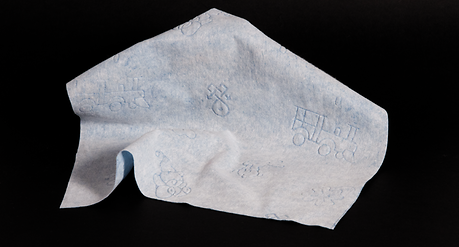
Thermo-embossed wipe
Whenever very precise and permanent embossing is required, especially when using fusible fibers, calender embossing is the preferred process for a lot of applications. ANDRITZ deflection-controlled calender systems are state-of-the-art in thermo-embossing and can be executed as a two-roll calender in vertical roll arrangement or, for ultimate production flexibility, as twin execution.
ANDRITZ experts can assist customers by testing and developing new patterns in the company’s technical centers.
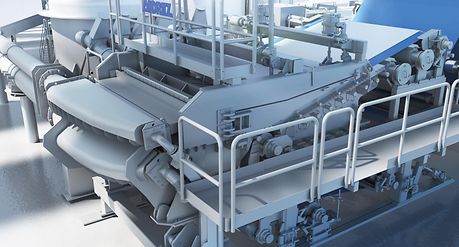
ANDRITZ neXformer with a double-layer headbox
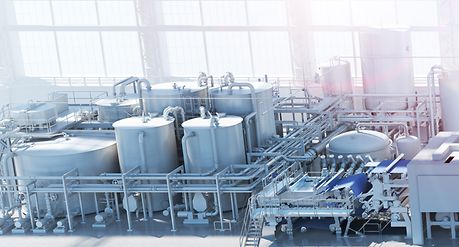
High-tech with a great future to invest in
Wetlaid nonwovens are increasingly gaining importance. Newly developed, high-tech fibers and the rediscovery of natural fibers are continuously opening up new niche markets for wetlaid nonwovens in almost all areas of the industry. Wetlaid applications range from teabags, coffee pads, filter materials, wall papers, wipes, glass fiber mats, and also security papers.
Renewable fibers (e.g. cotton, wool, hemp, jute, and coconut), viscose fibers, and fibers from PET, PP, aramid, carbon, glass, wood, ceramics, and metal are suitable for the wetlaid process. The technology allows the use of an almost infinite variety of fiber combinations to produce materials with such properties as temperature resistance, chemical resistance, porosity, strength, static and anti-static character - a large potential for innovative product ideas.
ANDRITZ Nonwoven offers complete wetlaid processes from just one source. Right from stock preparation, forming, hydroentanglement and dryer to coating – spot-on solutions tailored to your needs. neXline wetlaid nonwoven production is carried out in four steps:
Stock preparation
Fibers and water are mixed in the proper proportions to form a suspension.
Forming
The suspension is distributed homogeneously over the full forming width.
Bonding
Bonding of wetlaid nonwovens can be processed with calenders, hydroentanglement and/or several coating units.
Drying, finishing, winding
The wetlaid web formed is dried. Depending on the end use, further processing may be necessary, e.g. binder application and/or calendering. Finally, the finished web is batched.
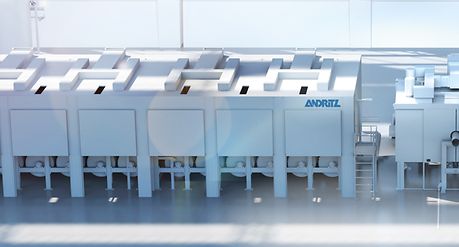
Can dryer and through-air dryer of a wetlaid line
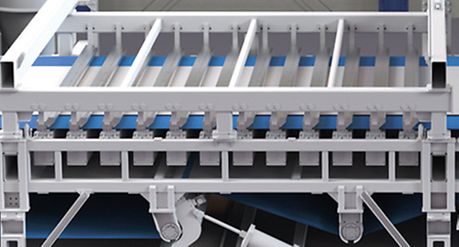
ANDRITZ Jetlace technology within wetlaid line for waterjet bonding

